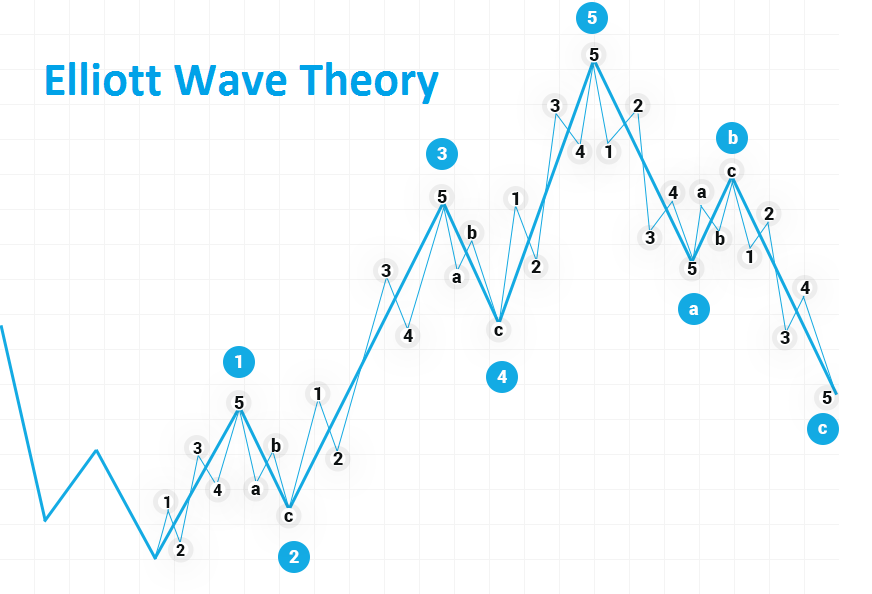Bullish Engulfing Pattern.
What is a Bullish Engulfing Pattern?
A bullish engulfing pattern is a white candlestick that closes above the previous day's open after opening below the previous day's close. It can be recognized when a small black candlestick indicating a downtrend is followed the next day by a large white candlestick indicating an uptrend, the body of which completely covers or engulfs the body of the previous day's candlestick. A bullish engulfing pattern can be contrasted with a bearish engulfing pattern. With a single candlestick pattern, the trader only needed one candlestick to spot a trading opportunity. However, when analyzing multiple candlestick patterns, the trader needs 2 or sometimes 3 candlesticks to identify a trading opportunity. This means that the trading opportunity develops for at least 2 trading sessions.
What Is a Bullish Engulfing Pattern?
To find bullish engulfing patterns, look for these two candlesticks side by side:
A small red candlestick, usually at the end of a downtrend.
A much larger green candle completely flooded the previous one.
There should be a gap between the close of the first candle and the open of the second candle. If not, then it's not a devour. What's happening? Essentially, the bearish run continues until the beginning of the second period of the pattern. The gap between the time frames shows that the selling sentiment is still quite strong. But then, mid-session, the buyers take over. They send the market sky high well past the red candle opening and hopefully start a new bull run. The longer the green body, the stronger the signal. Although they usually occur after downtrends, you can also see a bullish engulfment when a market is rising. This bullish continuation pattern is taken as a sign that the move still has strong momentum.
Understanding Bullish Engulfing Candlesticks
When a security closes at a higher price than the opening price, the body of the candle is colored green or left hollow and is referred to as a green or hollow candle. On the other hand, if the closing price is lower than the opening price, the candle is colored red or black and is called a red or black candle. A red candle indicates a downtrend and represents a bearish market phase. Sometimes a red candle is followed by a green candle, so the second day's open price is lower than the first day's close and the second day's close is higher than the first day's close.
Graphically we see that the green candlestick is engulfing the red one. This is a bullish engulfing candlestick pattern.
Example of a bearish engulfing pattern
If we look at the USD/JPY chart below, we can see an example of a bearish reversal. The green candle indicates the last bullish day of a slow market rally, while the red candle indicates the start of a significant decline.
The second candle opens at a similar level, but falls as the day progresses to close significantly lower.
Trading Scenario for Bullish Engulfing
Here are the general considerations and scenarios for trading the bullish engulfing candle.
Trade Entry – The formation of a bullish swallow during a downtrend is considered a reversal signal, meaning the market is expected to go higher in the near future. Traders therefore look to enter a long position at or around the price low of the bullish engulfing candlestick. However, since many traders like to wait for the confirmation candle to form, the buy price may be higher as the trend has already started to drive prices higher. This is the compensation you have to make.
Stop Loss Limit – The stop loss limit varies from trader to trader depending on their individual trading preferences, but they generally set the stop loss on long positions at 2-3 units below the lower price of the bullish engulfing candle. Others entering at a higher price may wish to adjust the stop loss accordingly.
Profit Levels – While actively trading short ranges, traders should follow a risk/reward ratio to determine the potential profit level of their bullish engulfing trading pattern. For example, if the stop-loss limit is set at $1 (the maximum loss one is willing to take on a trade) and the risk-reward ratio one is following is 1/2, then take profit when it reaches $2. If the risk/reward ratio being tracked is 1/3, aim to take profit when the price reaches a level that generates $3 for every $1 stop loss set.
Market Conditions – More volatile stocks with high beta values often tend to exhibit frequent bullish engulfing patterns. Therefore, the proper selection of stocks/ETFs/Indices is important when making bullish engulfing trades. In addition to the requirement of a bullish engulfing pattern mentioned above, traders should ensure that the chosen price range, band or trendline boundary is breached on significant moves of the second (and following) bullish candle. This guarantees a higher success rate of profitability. Although it should be noted that trading using technical analysis such as candlestick patterns has a limited success rate, it is advisable to adhere to strict stop-loss rules, disciplined trading and efficient capital management read more.


Comments
Post a Comment